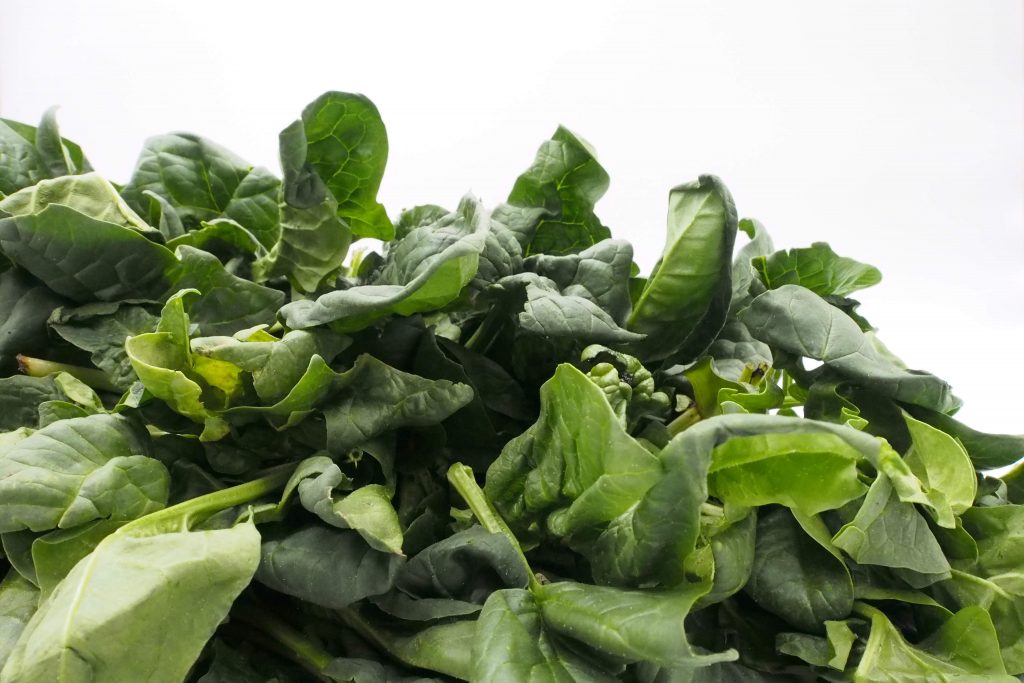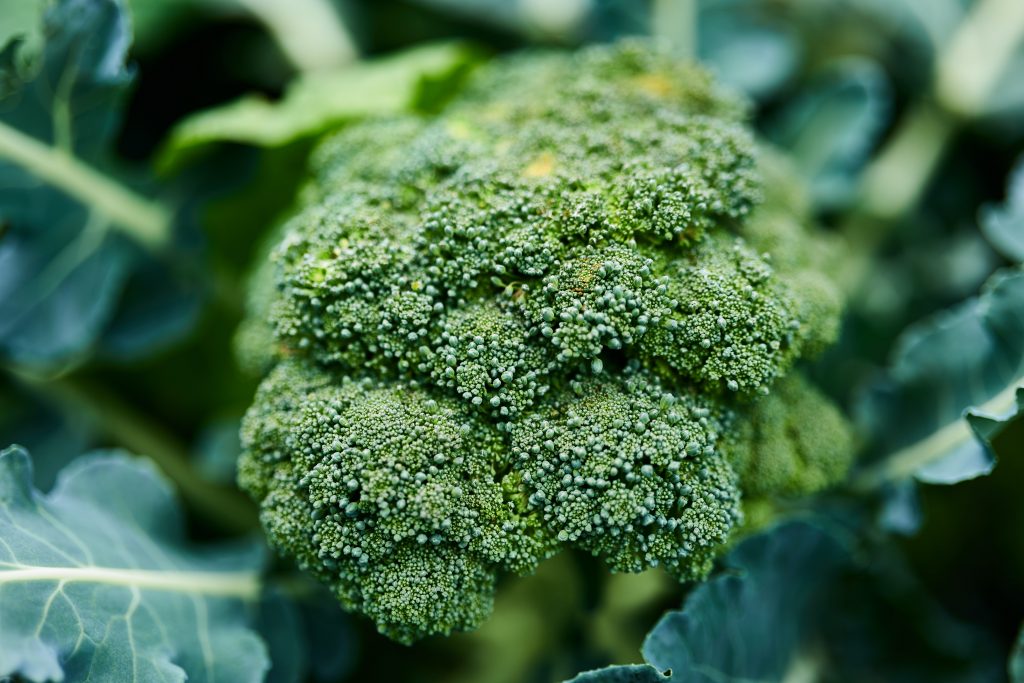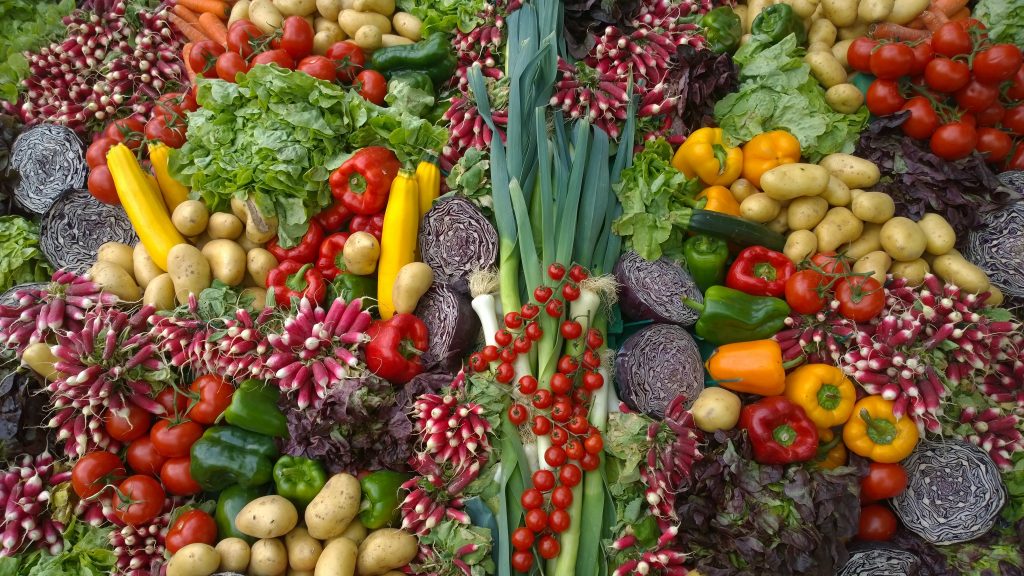In the world of nutrition, certain vegetables stand out not only for their flavors but also for their remarkable health benefits. The cruciferous vegetable family, which includes well-known members like broccoli, cauliflower, and cabbage, is a treasure trove of nutrients that can elevate your diet and wellness journey. In this comprehensive guide, we delve into the world of cruciferous veggies, uncovering their nutritional prowess and shedding light on their potential impact on overall health.
Nutritional Powerhouses: The Cruciferous Veggie Family
Cruciferous vegetables are characterized by their distinct cross-shaped flowers, and they form a diverse group known for their nutritional density. Bursting with vitamins, minerals, and antioxidants, these veggies are often touted as a cornerstone of a balanced diet. They are rich in essential nutrients like vitamin C, vitamin K, folate, and fiber. Moreover, research suggests that cruciferous vegetables may offer a range of health benefits, from supporting heart health to contributing to cancer prevention.
Key Players: Broccoli, Cauliflower, and Cabbage
Within the cruciferous vegetable family, some members have become household names for their culinary versatility and nutritional value. Broccoli, with its vibrant green florets, is a nutritional powerhouse that provides a hefty dose of vitamin C and sulforaphane, a potent antioxidant. Cauliflower, often dubbed a “blank canvas” in the culinary world, is an excellent source of vitamin K and contains compounds that may contribute to anti-inflammatory effects. Cabbage, available in various forms such as green, red, and Napa, offers fiber and vitamin C while adding a satisfying crunch to dishes.
Health Benefits of Cruciferous Vegetables
Cruciferous vegetables offer a range of health benefits that make them worth incorporating into your diet. Research suggests that the compounds found in these veggies may have anti-cancer properties and support detoxification processes. Additionally, their fiber content contributes to digestive health and a feeling of fullness, aiding in weight management. The combination of vitamins, minerals, and antioxidants further supports immune function and overall vitality.
Sulforaphane: A Superstar Compound
One of the key players in the health benefits of cruciferous vegetables is sulforaphane. This naturally occurring compound has gained significant attention due to its potential anti-cancer properties. Sulforaphane is formed when cruciferous vegetables are chopped or chewed, activating a cascade of biochemical reactions. It boasts powerful antioxidant and anti-inflammatory effects, which contribute to its reputation as a health-promoting superstar.
Culinary Delights: Cooking with Cruciferous Veggies
The culinary possibilities with cruciferous vegetables are vast and exciting. From simple salads to hearty stir-fries, these veggies lend themselves to a wide range of dishes. Steaming or sautéing allows you to retain nutrients, while roasting brings out their natural sweetness. Experimenting with different cooking methods can uncover new dimensions of flavor and texture.
Balancing Flavors and Pairing Possibilities
Pairing cruciferous vegetables with complementary ingredients is akin to creating a symphony of flavors. The bitterness of some cruciferous veggies can be balanced with the sweetness of fruits like apples or the richness of nuts. The addition of garlic, ginger, or herbs like thyme and rosemary can elevate the taste profile and create a harmonious blend of flavors.
Variety and Exploration within the Family
Beyond the well-known members of the cruciferous family, a treasure trove of lesser-known options awaits exploration. Delicate watercress, peppery arugula, and the tender shoots of broccoli rabe offer unique flavors and nutritional profiles. Diversifying your cruciferous intake introduces a spectrum of health-promoting compounds and keeps your meals exciting.
Nutritional Insights: Vitamins and Minerals
Cruciferous vegetables are brimming with essential vitamins and minerals that contribute to optimal health. Vitamin C, known for its immune-boosting properties, is abundantly present in these veggies. Vitamin K plays a crucial role in blood clotting and bone health, while folate supports cell division and helps form DNA. The presence of calcium and potassium further adds to their nutritional value.
Digestive Health and Detoxification
Fiber, a dietary hero, is prevalent in cruciferous vegetables and contributes to digestive health by promoting regularity and preventing const
ipation. Additionally, cruciferous veggies contain glucosinolates, compounds that may support the body’s detoxification processes. These compounds aid in neutralizing harmful substances and assisting the liver in its cleansing functions.
Cooking for Maximum Nutrient Retention
Preserving the nutrient content of cruciferous vegetables during cooking requires strategic choices. Steaming is a gentle method that helps retain vitamins and minerals, while sautéing in a moderate amount of healthy oil enhances flavors without compromising nutrients. Quick boiling is another option, although overcooking should be avoided to prevent excessive nutrient loss.
Cruciferous Veggies and Hormonal Balance
The consumption of cruciferous vegetables has been associated with potential hormonal benefits. Compounds like indole-3-carbinol may assist in maintaining hormonal balance, particularly in relation to estrogen metabolism. While further research is needed, incorporating these veggies into your diet could potentially support hormonal health.
Cabbage Varieties and Their Uses
Cabbage, available in various varieties, adds diversity to your culinary repertoire. Green cabbage is a staple for coleslaw and sauerkraut, while red cabbage is rich in anthocyanins, potent antioxidants. Napa cabbage, with its delicate leaves, is perfect for Asian-inspired dishes. Each cabbage variety brings a unique texture and flavor to dishes, making them a versatile addition to your kitchen.
Broccoli and Cauliflower: A Nutrient Duel
The rivalry between broccoli and cauliflower is a friendly one, as both offer distinct nutritional benefits. Broccoli boasts higher amounts of vitamin C and sulforaphane, while cauliflower shines in its vitamin K content. Both vegetables are low in calories and carbohydrates, making them excellent choices for those aiming to maintain a healthy weight.
Conclusion
The world of cruciferous vegetables is a realm of flavor, nutrition, and culinary creativity waiting to be explored. From the robust crunch of cabbage to the vibrant florets of broccoli, these veggies enrich your meals with a wealth of vitamins, minerals, and health-enhancing compounds. By incorporating cruciferous vegetables into your diet, you embrace a flavorful journey toward optimal well-being.
FAQs:
- Can I eat cruciferous vegetables raw?
Absolutely! Raw cruciferous vegetables make delicious additions to salads and slaws, providing a satisfying crunch and valuable nutrients. - Are there any potential side effects of consuming cruciferous veggies?
In some cases, consuming large amounts of raw cruciferous vegetables may lead to digestive discomfort. Cooking these vegetables can help mitigate this issue. - Are there specific cooking methods that maximize sulforaphane content?
Yes, lightly steaming or sautéing cruciferous veggies can help preserve sulforaphane content while enhancing its availability for absorption. - Can children enjoy cruciferous vegetables as well?
Absolutely! Incorporating these veggies into family meals can set the stage for a lifetime of healthy eating habits. - Are there any cruciferous vegetables that are particularly high in fiber?
Yes, Brussels sprouts and broccoli are examples of cruciferous vegetables that are notably high in dietary fiber, contributing to digestive health and satiety.


